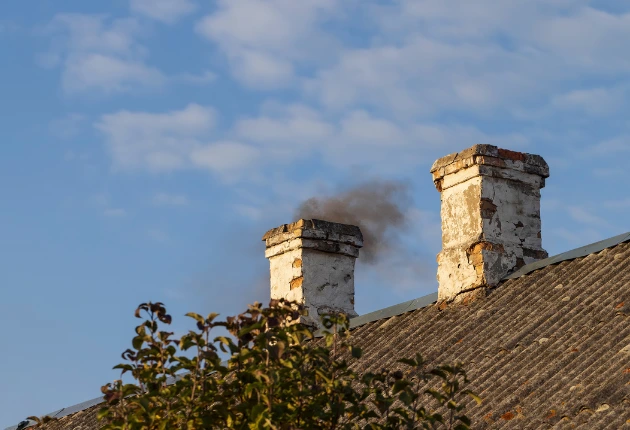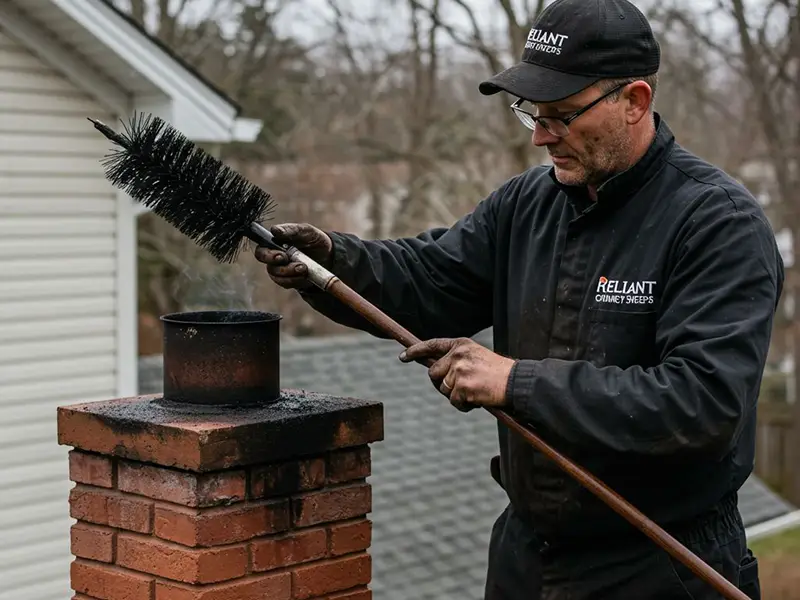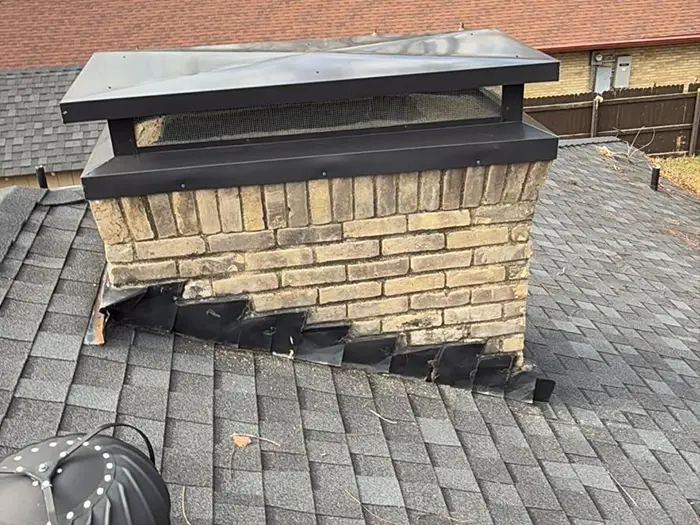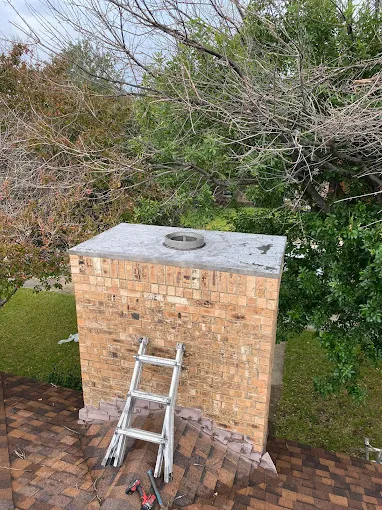A chimney plays a vital role in venting smoke and gases safely out of your home while also adding aesthetic appeal. However, cracks in the chimney structure can compromise its function, safety, and appearance. Left unaddressed, these cracks may lead to costly repairs, structural damage, and potential hazards like chimney fires or carbon monoxide leaks. Understanding what causes chimney cracks, the risks they pose, and how to address them can help you maintain a safe and efficient fireplace.
Causes of Cracks in the Chimney Structure
Several factors contribute to cracks forming in a chimney, including:
- Weather and Temperature Changes
Chimneys are exposed to constant fluctuations in temperature, from the heat of a fire to freezing outdoor temperatures. This causes the masonry or liner to expand and contract, eventually leading to cracks. - Water Damage
Water is one of the most common culprits behind chimney cracks. Moisture can seep into the masonry, freezing during cold weather and expanding to create fissures in the brick, mortar, or stone. - Poor Construction
Substandard materials or improper construction techniques can lead to structural weaknesses in the chimney. For example, insufficiently cured mortar or unevenly placed bricks may develop cracks over time. - Settling Foundation
Like any part of a house, the chimney relies on the foundation for stability. If the foundation settles unevenly, the chimney may shift, resulting in visible cracks. - Creosote Buildup and Chimney Fires
Excessive creosote can lead to chimney fires, which generate extreme heat that can cause cracking in the flue liner and chimney walls. - Aging
Over time, natural wear and tear take a toll on a chimney’s structure. Older chimneys are particularly susceptible to cracks due to weakened mortar and prolonged exposure to the elements.
Risks of Cracks in the Chimney
Cracks in the chimney structure should never be ignored, as they can lead to serious problems, including:
- Chimney Fires
Cracks can expose combustible materials in your home to heat and sparks from the chimney, increasing the risk of a chimney fire. - Carbon Monoxide Leaks
A damaged chimney may fail to vent exhaust gases properly, allowing dangerous carbon monoxide to seep into your home. - Structural Instability
Small cracks can grow over time, weakening the chimney’s structure and potentially causing it to lean or collapse. - Water Intrusion
Cracks allow water to penetrate the masonry, leading to spalling (flaking bricks), mold growth, and damage to the interior of your home. - Decreased Efficiency
A damaged chimney may struggle to draft properly, reducing the efficiency of your fireplace or wood stove and causing smoke to back up into your home.
Identifying Cracks in the Chimney
Regular inspections can help you identify cracks before they lead to more significant problems. Signs of chimney cracks include:
- Visible cracks or gaps in the brickwork or mortar.
- Leaning or uneven sections of the chimney.
- Cracks in the chimney crown or cap.
- White staining (efflorescence) on the chimney surface, indicating moisture intrusion.
- Water leaks or damp patches near the fireplace.
- Smoke entering your home when using the fireplace.
Repairing Cracks in the Chimney
Addressing chimney cracks promptly is essential to prevent further damage. Depending on the severity of the cracks, repair options include:
- Tuckpointing
For minor cracks in the mortar, tuckpointing involves removing damaged mortar and replacing it with fresh material. This restores the chimney’s structural integrity and prevents water intrusion. - Crown Repair
Cracks in the chimney crown, the top layer of the chimney, can often be repaired using a waterproof sealant or by replacing the crown entirely. - Flue Liner Replacement
If cracks are present in the flue liner, a replacement liner may be necessary. Stainless steel liners are a durable and long-lasting solution. - Masonry Repairs
Larger cracks in the bricks or stones may require professional masonry repair or brick replacement to restore the chimney’s stability. - Chimney Rebuild
In severe cases, such as when the chimney is leaning or extensively damaged, a partial or complete rebuild may be required to ensure safety.
Preventing Chimney Cracks
Prevention is the best strategy for avoiding costly chimney repairs. Follow these tips to minimize the risk of cracks:
- Schedule Annual Inspections: Professional chimney inspections can identify cracks and other issues early.
- Install a Chimney Cap: A cap protects the chimney from water, debris, and animals.
- Waterproof the Chimney: Applying a waterproof sealant to the masonry helps prevent water intrusion.
- Burn Seasoned Wood: Properly dried hardwoods burn cleaner, reducing the risk of creosote buildup and chimney fires.
- Repair Small Cracks Promptly: Addressing minor cracks early prevents them from growing into larger problems.
- Maintain the Flashing: Ensure the flashing around the base of the chimney is intact to prevent water leaks.
Looking Ahead
Cracks in the chimney structure are more than a cosmetic issue—they can compromise your home’s safety and efficiency. By understanding the causes and risks of chimney cracks, you can take proactive steps to prevent damage and address problems early. Regular inspections and maintenance by certified professionals, such as those at Reliant Chimney Sweeps, ensure your chimney remains in top condition. Schedule a free inspection now and keep your home safe, warm, and free of chimney worries!




